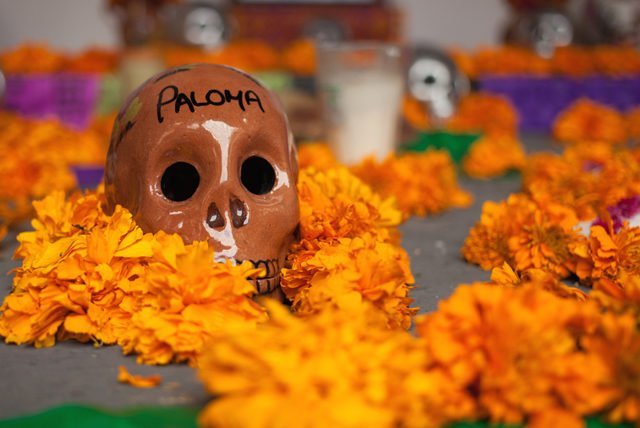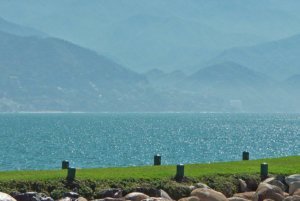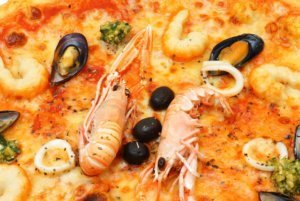Long live Mexico and its traditions! Blessed cultural practices that continue to run through Mexican lands as they have for thousands of years! Popular celebrations that become the best way to unite a people. Which ones? There are truly many, but the Day of the Dead is one of the most attended by travelers from all over the world and one of the most emotional for the inhabitants of the country.
On October 31, November 1, and November 2, extraordinary days take place in Mexico. Why? Because the dead return to the earthly plane to visit their relatives and enjoy the pleasures of life. On these dates, the cities of Mexico are dressed in color, joy, nostalgia, and a bit of melancholy to welcome those who are no longer here. November 1 is the day when the little angels return, that is, the children; November 2 is for the adults. Mexicans prepare to welcome their loved ones who no longer inhabit the earthly plane, and the country becomes adorned with scents, flavors, colors, and many flowers!
In the surroundings of Playa del Carmen, a famous celebration is held to honor the deceased: The Festival of Life and Death Traditions in Xcaret, an event that is doubly sensational. First, because it takes place in one of the most exotic settings in Mexico: the Caribbean Sea, the tropical rainforest, and the ancient sacred cenotes of the Mayans. Second, because all the traditions, ceremonies, and rituals performed on the Day of the Dead will be represented at this remarkable gathering.
One of the most common practices is the preparation of altars, which are filled with the favorite food of the departed, candles, and marigold flowers. The rituals to honor the dead vary across the different states: the Night of the Dead in Mexico, the Festival of Skulls in Aguascalientes, and the Banquet of Souls in Cancun, among others.
This year, the special guest is the people of Michoacán, who, in addition to bringing the best of their cuisine, will represent the original Purépecha practices of the Night of the Dead celebration.
The main goal of this gathering is to revive the traditional practices of this day’s celebration while embracing cultural diversity and opening the doors for the active participation of Mexican artists. There will be fabulous theatrical performances and must-see shows.
You can stroll through the craft shops where you’ll find the typical sweets of the celebration. Of course! The sweet and colorful skulls and the Day of the Dead bread, two of the must-try gastronomic options during this festivity.
At the Festival of Life and Death, you can also participate in educational workshops about the main contemporary beliefs. There will be games for the little ones and activities for the whole family. The children’s and youth pavilions will offer a wide variety of activities, ranging from decorating small Catrinas to explaining why the Monarch Butterfly is associated with the visit of the dead.
Mexico dresses itself in the color of marigold flowers to celebrate the Day of the Dead! Enjoy this tradition during your visit to Xcaret!
Portuguese Versión: Festival de Tradições de Vida e Morte em Xcaret





